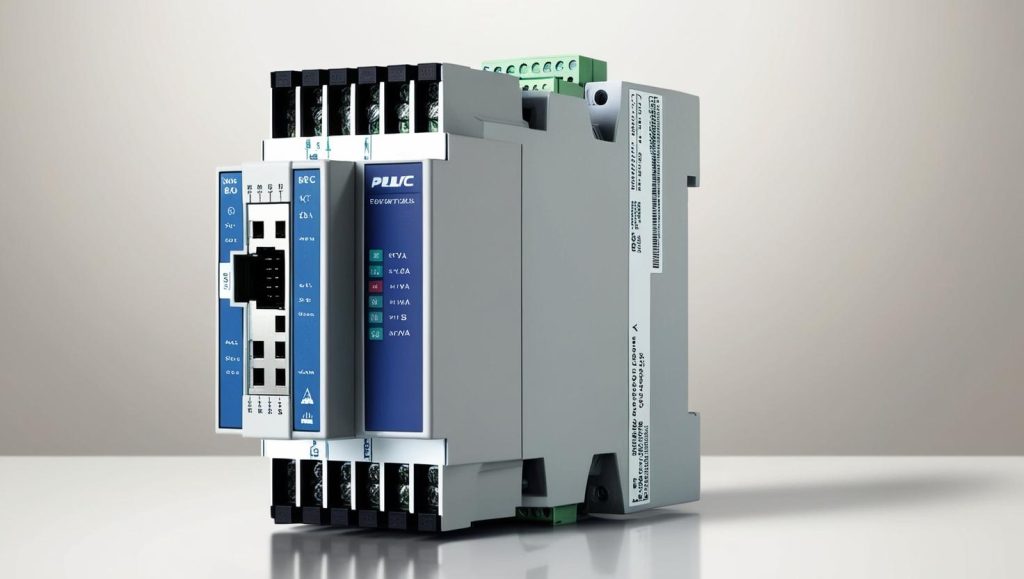Introduction
Programmable Logic Controllers (PLCs) are essential components in industrial automation, controlling processes in manufacturing, robotics, and power plants. Students studying PLC programming often face difficulties in ladder logic, hardware configuration, and troubleshooting. If you’re looking for PLC Homework Help, this guide provides detailed explanations, study resources, and practical tips to help you master the subject.

Understanding Programmable Logic Controllers (PLCs)
A PLC is a digital computer used for automation, replacing traditional relay-based control systems. It monitors inputs, processes logic through pre-programmed instructions, and controls outputs accordingly.
Key Topics in PLC Programming and Applications
- Introduction to PLCs: Basics of industrial automation and control systems.
- PLC Architecture: Understanding CPU, input/output modules, power supply, and communication interfaces.
- Ladder Logic Programming: Developing logic diagrams for control sequences.
- PLC Programming Languages: Instruction List (IL), Structured Text (ST), and Function Block Diagram (FBD).
- Timers and Counters: Using time delays and event counting in automation.
- Sensors and Actuators in PLC Systems: Integration with industrial devices.
- SCADA and HMI Integration: Supervisory Control and Data Acquisition (SCADA) and Human-Machine Interface (HMI).
- Fault Diagnosis and Troubleshooting: Identifying and correcting PLC errors.
Challenges Students Face in PLC Assignments
- Complex Programming Logic: Developing ladder logic for real-world applications.
- Hardware Configuration: Setting up communication between PLC and field devices.
- Software Limitations: Understanding different PLC platforms like Allen-Bradley, Siemens, and Mitsubishi.
- Simulation and Testing: Debugging programs using tools like TIA Portal and RSLogix.
- Lack of Practical Experience: Limited access to physical PLC hardware.
How to Excel in PLC Homework
1. Utilize Online Learning Resources
Some excellent free and paid resources include:
2. Refer to Standard Textbooks
Recommended books for mastering PLC concepts include:
- “Programmable Logic Controllers” by W. Bolton
- “Introduction to PLCs” by Gary Dunning
- “Automating Manufacturing Systems with PLCs” by Hugh Jack
3. Practice with PLC Simulation Software
Using tools like TIA Portal, RSLogix, and Factory I/O enhances hands-on learning.
4. Seek Professional Homework Help
If you need expert assistance, check out:
- Chegg
- TutorMe
- Udemy
5. Engage in Online PLC Communities
Join forums like PLC Talk, Reddit’s r/PLC, and Automation Direct for peer discussions.
6. Work on Real-World Projects
Develop simple projects like traffic light control, conveyor belt automation, or temperature regulation.
Importance of PLCs in Industrial Automation
- Enhanced Efficiency: PLCs streamline complex industrial processes.
- Reliability and Safety: Reduces manual errors and ensures consistent operations.
- Integration with IoT: Enables smart automation and remote monitoring.
- Cost-Effectiveness: Minimizes operational costs by automating repetitive tasks.
Conclusion
Mastering PLC programming requires practice, theoretical understanding, and hands-on experience. If you’re looking for PLC Homework Help, utilize online courses, textbooks, simulation software, and expert tutoring services. By leveraging these resources, you can enhance your knowledge and excel in your PLC assignments.


